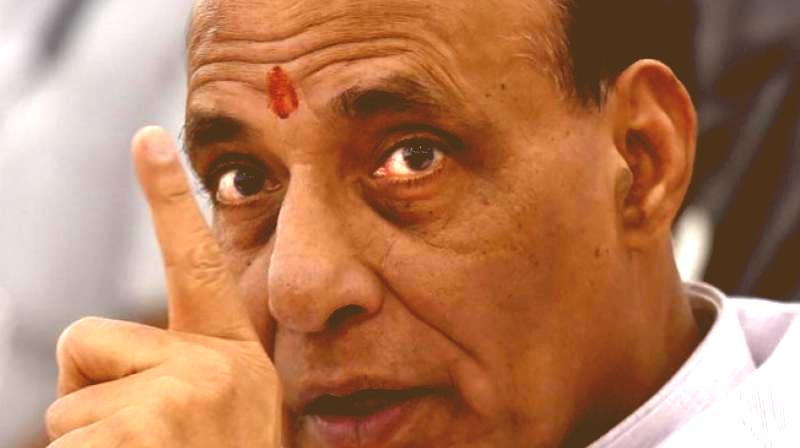The government and the security forces seem to be cracking down really hard on the naxals. In yet another success, fifty-nine naxals including sixteen women surrendered and laid down their arms before the police and the Central Reserve Police Force (CRPF) in the naxal bastion of Sukma in Chhattisgarh on the 29th March. The Sukma district superintendent of police Abhishek Meena said that arrest warrants were pending against nine of the naxals who surrendered, and all of them were residents of villages under the Errabor police station limits. This was preceded by several crackdowns on the naxals in Sukma and elsewhere. It seems that the proactive approach taken by the government and the forces in the naxal-hit areas is finally yielding results, even as naxals are losing their dominance in the region.
The last one week has been full of crackdowns on the naxals by the local police and the central armed police forces. On 29th March three naxals surrendered before the Indo-Tibetan Border Police (ITBP) in Kondagaon in Chhattisgarh.
Three Naxals surrender before #ITBP in Kondagaon in #Chhatisgarh pic.twitter.com/ogZ2HYrmEr
— ITBP (@ITBP_official) March 29, 2018
Similarly, on 28th March, five naxals surrendered before the police in Maharashtra’s Gadchiroli.
Five naxals surrendered before police in Maharashtra's Gadchiroli pic.twitter.com/InvLkmnQbP
— ANI (@ANI) March 28, 2018
A big crackdown thereafter took place in the Sukma district of Chhattisgarh, when a joint team of STF, DRG, DF and CRPF arrested 14 naxals including two naxals carrying cash rewards.
A joint team of STF, DRG, DF and CRPF nabbed 14 ultras, including two women Naxals from Bhejji region in Sukma district. Two Naxals carrying cash rewards were also arrested@SukmaDist @sri9011https://t.co/HCYC5IxbyO
— Bastar Police (@bastar_police) March 27, 2018
This was followed by the abject surrender of fifty-nine naxal guerillas before the CRPF within a couple of days. Thus, the surrender that took place on 29th March can, in part, be attributed to such crackdowns.
The crackdown has not been limited to the encounters and arrests of naxal commanders and active ultras, but the government and the forces have also clamped down on their finances. It has come to light that the SSB destroyed poppy cultivation (which is regarded as the major source of naxal finance) worth Rs. 550 crores in 2017-18. Therefore, there has been an attempt to corner the naxal setup from all corners.
The back to back successes for the government and the security forces can be attributed to the revamped strategy put in place by the Modi government and the Home Ministry. According to statistics, the area affected by naxalism is shrinking rapidly. Ninety percent of the naxal attacks took place in the four naxal affected states (Bihar, Jharkhand, Chhattisgarh and Odisha) last year.
Officials attribute this success to the massive counteroffensive launched by the government against the naxal radicals. This strategy involves targeting top level commanders and their informers. There has also been a stress on precise and accurate intelligence for targeting naxals. There has also been an attempt to end the state of wilderness in naxal affected areas. The local governments have sped up the developmental process. This is manifested by increased pace of road construction, installation of mobile towers and setting up of police stations in isolated areas. This has broken the back of naxals and they have been left stranded. Naxals are now unable to move as smoothly in the naxal affected belt or transfer their ammunition and finances.
The government has been able to almost completely drive out naxal elements from the lesser affected states. However, the huge clamp down in the affected states, especially one of the most badly affected districts, Sukma, shows that the government and the security forces are only going to step up the heat. The government strategy is not to give the naxals any breathing space and make them run for their lives. Having restricted naxal dominance to a few areas, the security forces, especially the CRPF has the option of going all out against the naxal terrorists. Moreover, the latest surrenders suggest that the ultras active in the extremely affected zone are now losing faith in naxalism and there is a growing tendency to join the mainstream. The government has already gone miles ahead in the strategic battle with the naxals, but with the latest spate of surrenders by the naxals, it seems that the government is inching ahead in the ideological battle too.
